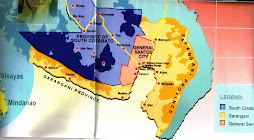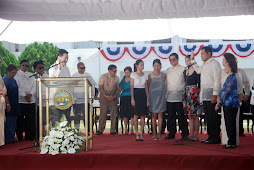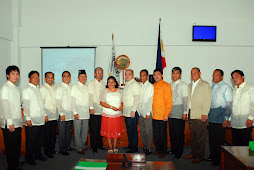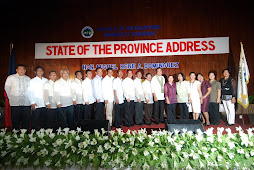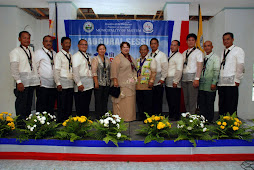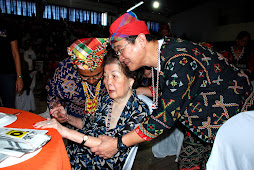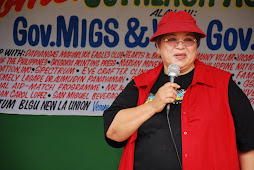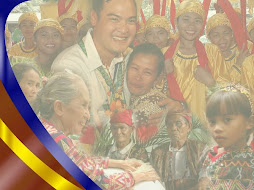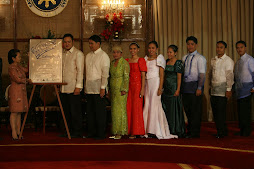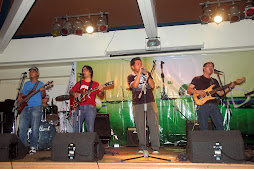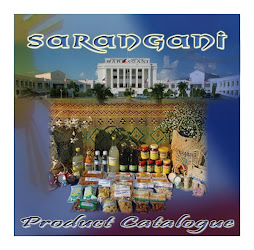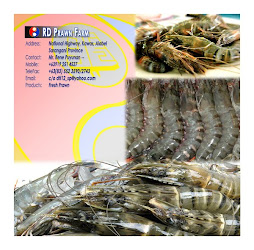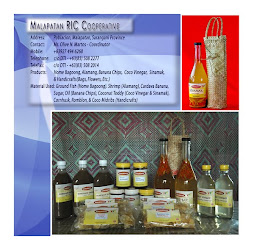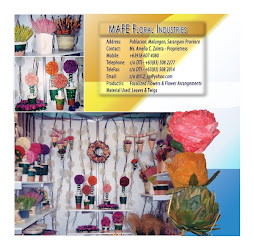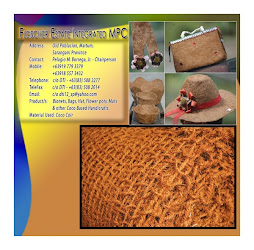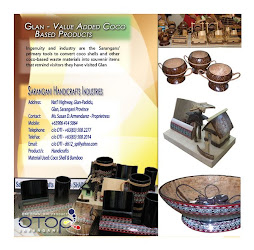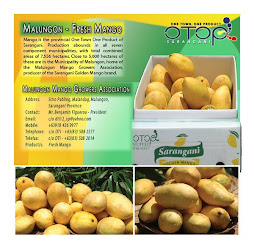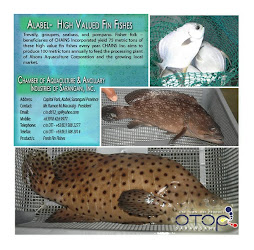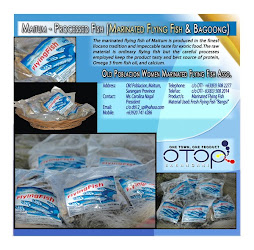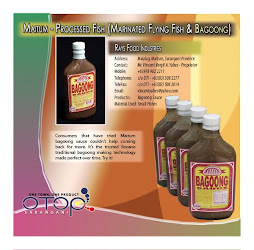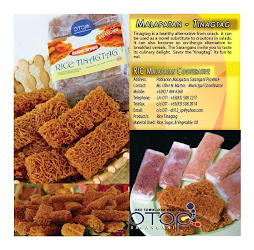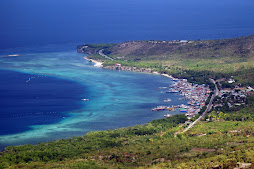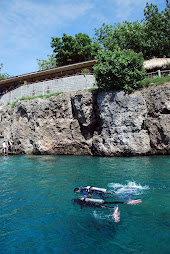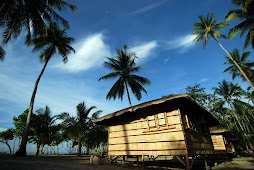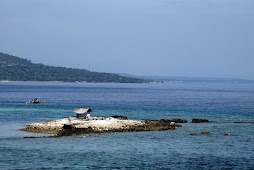By Russtum G. Pelima
KIAMBA, Sarangani (February 22, 2008) – Soon after Eliseo Ganibe Sr. attended a seminar on muscovado coco-sugar, he realized what his son Dexter told him: "Baka magsisi po kayo kapag hindi kayo pumunta" (You might regret it if you don't go).
Looking at his eight-hectare coprasan back home after the Philippine Coconut Authority (PCA) seminar, he saw things differently.
"Maganda ito dahil maraming materyales na pwedeng gamitin (This is very good because we have the materials to be used)," he recounted. Obviously, Ganibe thought of his coconut trees from the land his father acquired in 1921 and has been the family's farm. Kiamba then was yet a community of Tbolis and a wave of Ilocano migrants.
Ganibe, 65, was immediate to conclude of the livelihood and employment the coco-sugar business can provide to the community.
"Producing muscovado sugar from the coconut is far more profitable than copra, and lesser labor," he said in vernacular. He said his muscovado (natural or unrefined brown sugar) is sold P150 per kilo here, and P450 elsewhere.
Ganibe uses plastic containers in gathering coconut sap from the inflorescence. When the inflorescence is bent, the sap begins to gather inside the container sealed with a screen in order not to permeate alien objects. Then, he would ask a mananggite (coconut wine gatherer) to gather the sap within six hours and cook it right away.
Ganibe has to use firewood in cooking the sap. He also needs a pH gauge to examine the sap's salinity.
"That's why I ask the mananggite to get the sap within five hours so that it won't lapse," he explained. The sap has to be pasteurized or cooked not later than six hours to acquire a pH of 6 which is required in producing the coco-sugar.
The sap or sweet toddy (tuba) turns milkish white in a pan during stirring. When nearly cooked, it becomes reddish and jelly. It is then air cooled where it solidifies and, presto, muscovado coco-sugar is ready to use.
According to the PCA, result of tests conducted on the glycemic index (GI) of sugar obtained from the sap of the coconut revealed a GI of 35 (low). "Low GI food is good for proper control and management of diabetes mellitus and has been shown to lower total and LDL cholesterol," The PCA said. "It is also good for weight maintenance therefore prevents overweight and obesity."
The PCA report added the PCA is optimistic that this new discovery will make a difference in the lives of million of coconut farmers and as well as on the health of those afflicted with diabetes.
And it seems Ganibe can't stop. He tried on experimenting more from the sap. Those that he gets past the required six hours he still cooks, and comes up with a medicinal coco-juice.
Such a family affair. On the side, his wife Nelly busies herself selling her home-made bukayo and bico using the coco-sugar. Ganibe's eldest, Eliseo Jr., a therapist, tells his patients to drink the coconut juice against high blood and hyperacidity.
According to Dr. Florentino Aquino, once a community doctor here who now works abroad, the coco-juice reduces the body's sugar count while the moscuvado cooked from a seven-hour sap is a cure for insomnia. That's why it is called inverted sugar. Dr. Aquino brought samples of Ganibe's products last year and did his findings abroad.
And more. Ganibe wishes the Department of Environment and Natural Resources to identify an herbal plant the locals call labintanos, which bark he uses in producing his latest discovery, coco-beer, in order to protect it.
Coco-beer. Anyone? (SARANGANI INFORMATION OFFICE/RGP)























































